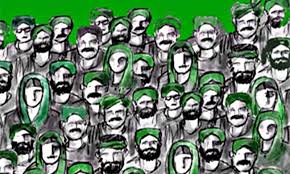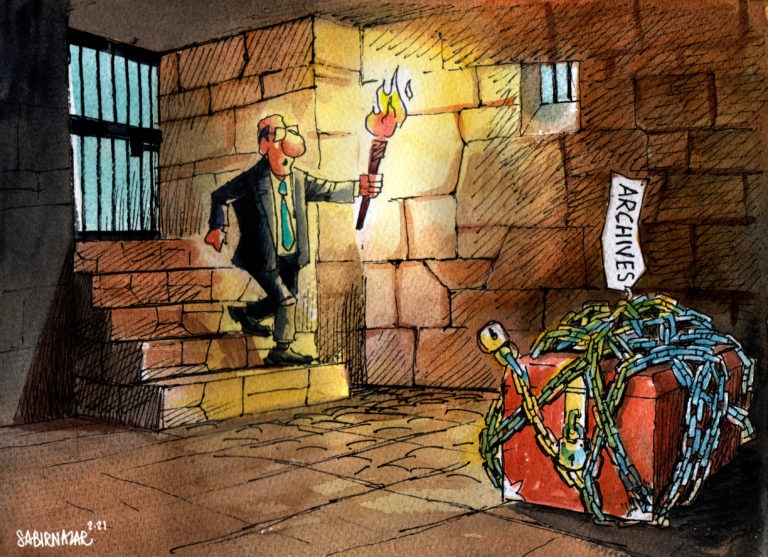As a consequence of Census-2017 preliminary results, the Parliament has decided to redistribute nation’s political wealth while retaining the existing 342-member strength of the National Assembly of Pakistan. A constitutional amendment bill has been tabled in the National Assembly.
Only the largest province Punjab will be losing seven general and two women reserved seats. Despite loss of nine seats the Punjab still retains 174 seats (141 general and 33 reserved for women) which is two more than the magic 172 i.e. simple majority to easily elect the Prime Minister of Pakistan. Among gainers are the Balochistan that will get two general and one women reserved seat, Khyber Pakhtunkhwa will gain four general and one women reserved seat and Federal Capital Islamabad will also gain one general seat. The number of seats from Sindh and Federally Administered Tribal Areas will remain unchanged.
On August 25, 2017 the preliminary summary results of the 6th Population and Housing Census were presented in the meeting of the Council of Common Interests (CCI). The provisional results show that the total population of Pakistan is 207.77 million with an average annual growth rate of 2.4 percent during 1998-2017. This data does not include the figures from Gligit-Baltistan and Azad Jammu and Kashmir.
With these results Pakistan has ostensibly surpassed Brazil to become the 5th populous country in the world. The overall increase in population is by 57 percent since the last census in 1998. Trend of decline in the population growth rate was noticed only in Punjab and Sindh that impacted the national average as well.
The Census results have busted three popular myths; first they have exposed the official claim of contained 1.8 percent average annual population growth rate, second they confirm that country still remains an over whelming rural society, and thirdly there are ‘missing women’ as the gender gap remain 2.47 percent against the popular claim of women being equal in numbers or in majority. Interestingly the gender gap is higher (4 percent) in urban and lower (2 percent) in rural Pakistan.
The results confirm that 63.62 percent of country’s population is rural and 36.38 percent urban. Among provinces Sindh (52.02 percent) is the most urbanized, followed by the federal capital-Islamabad (50.58 percent) where urbanization is a declining trend. The Federally Administered Tribal Areas (FATA) remains the least urbanized (2.84 percent).


